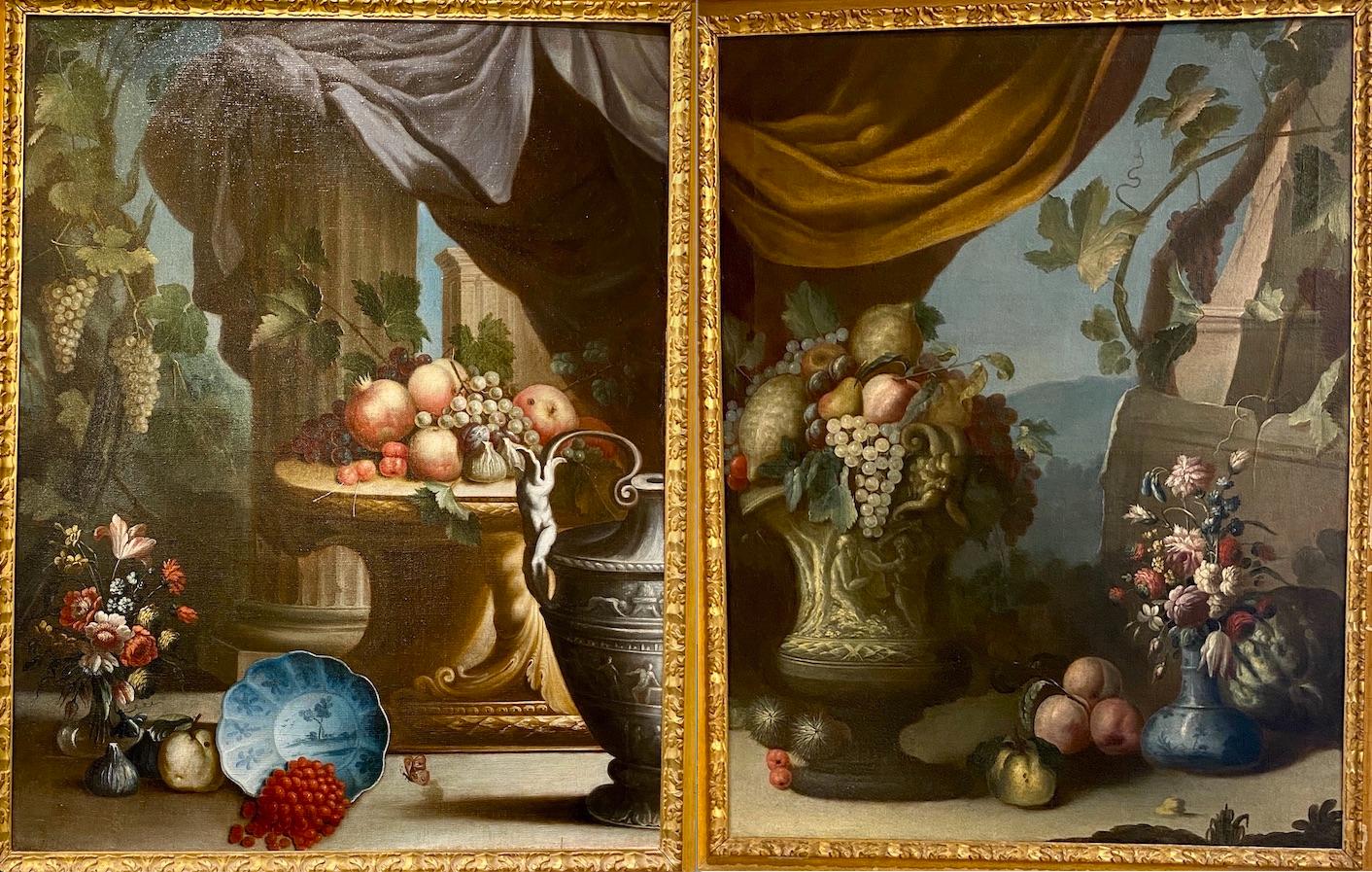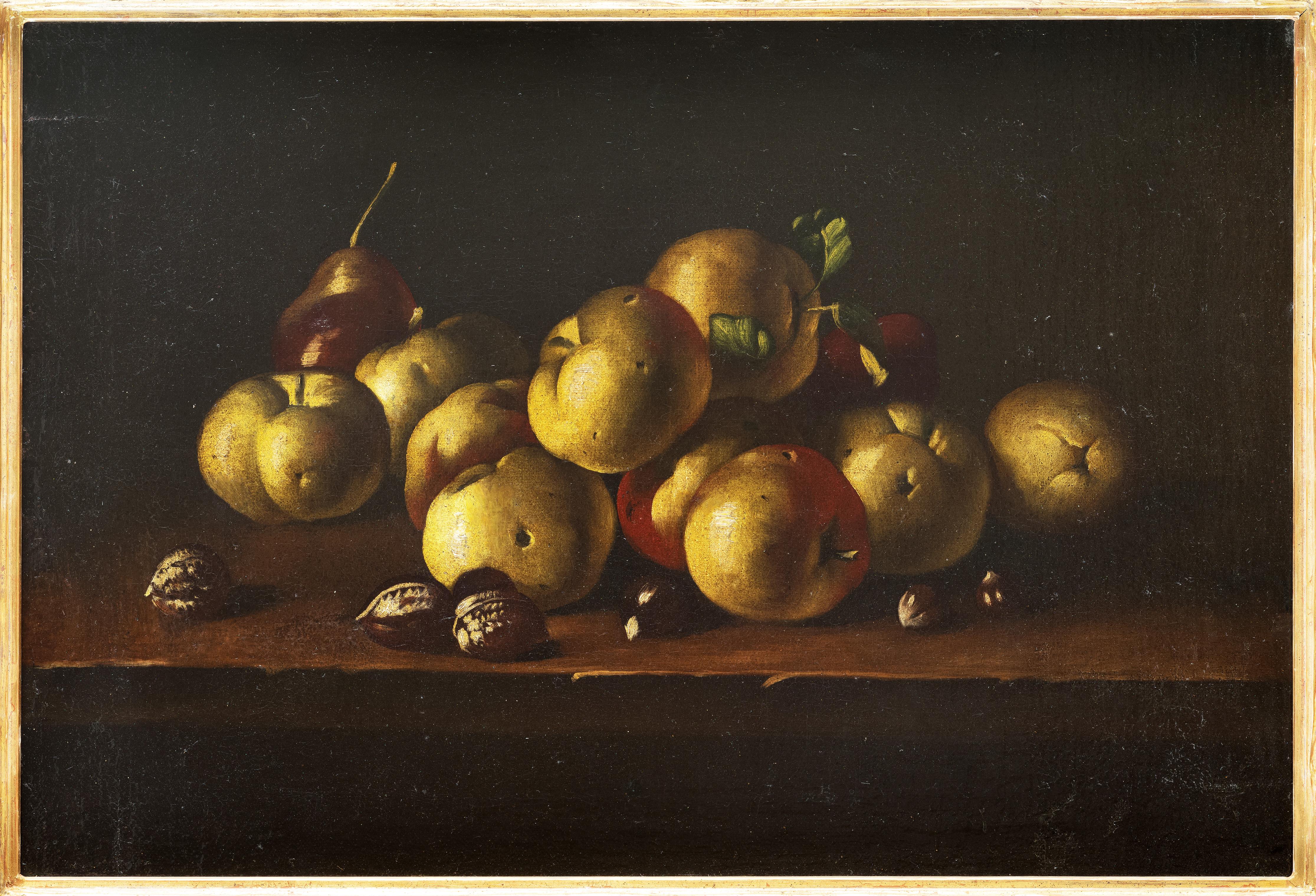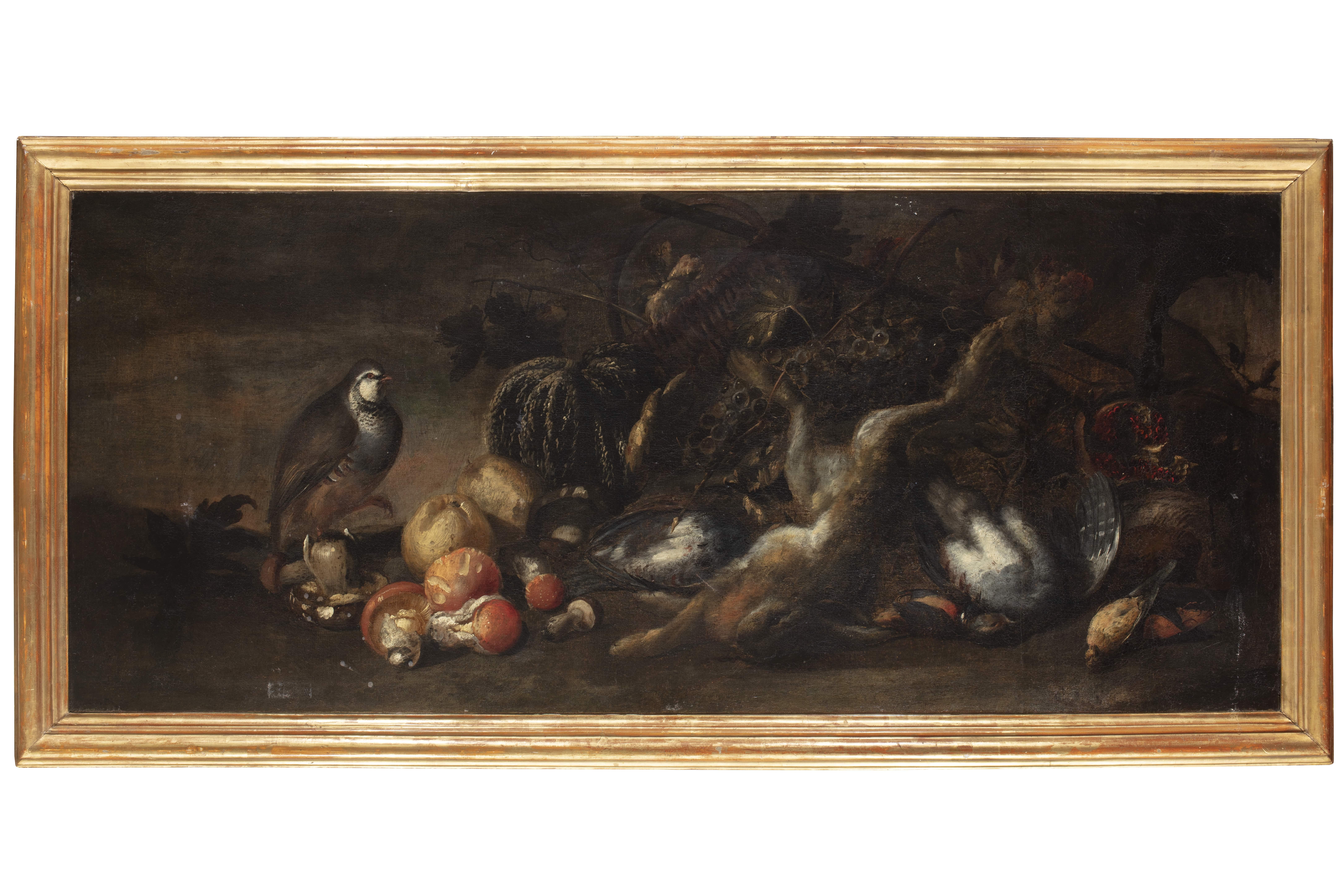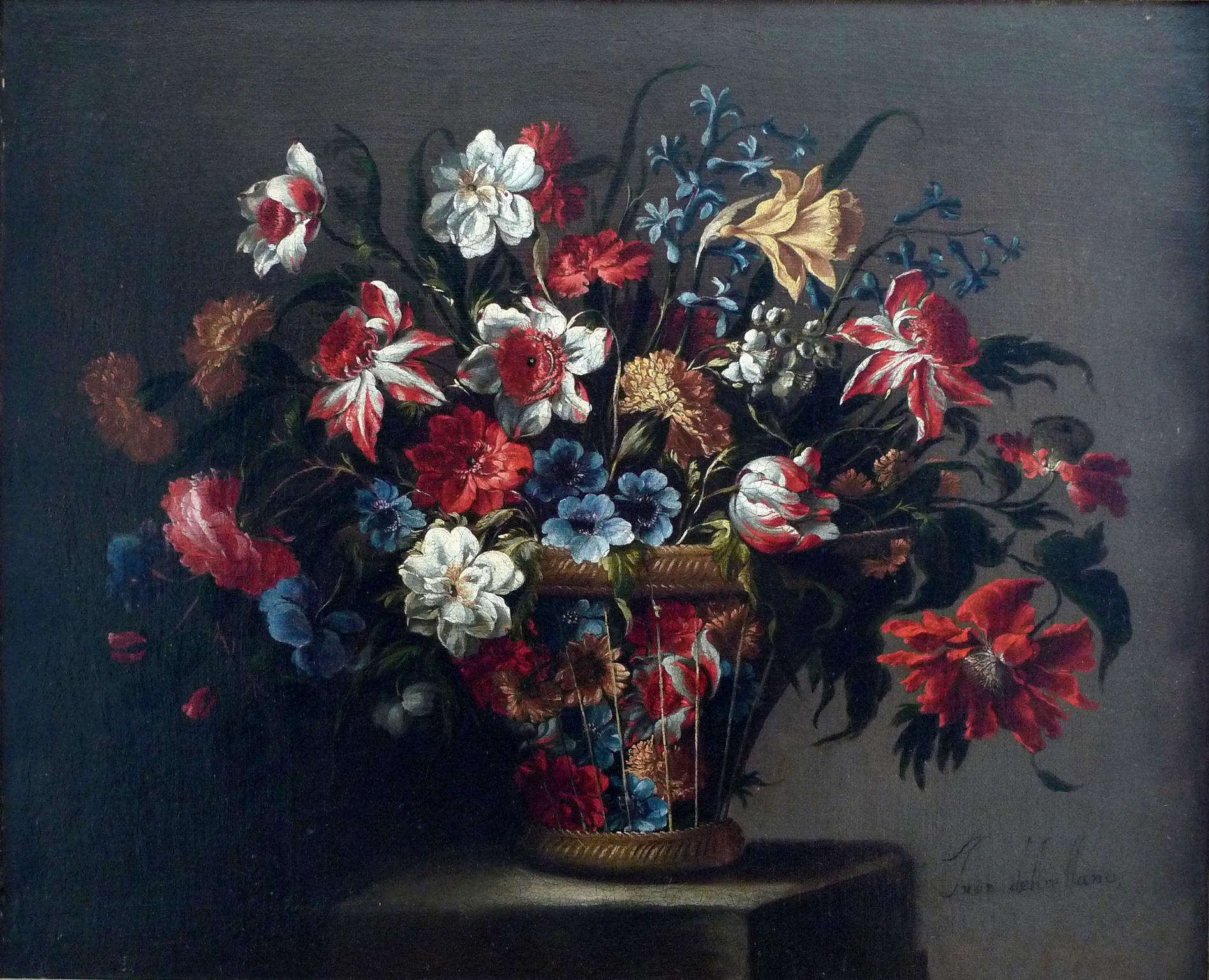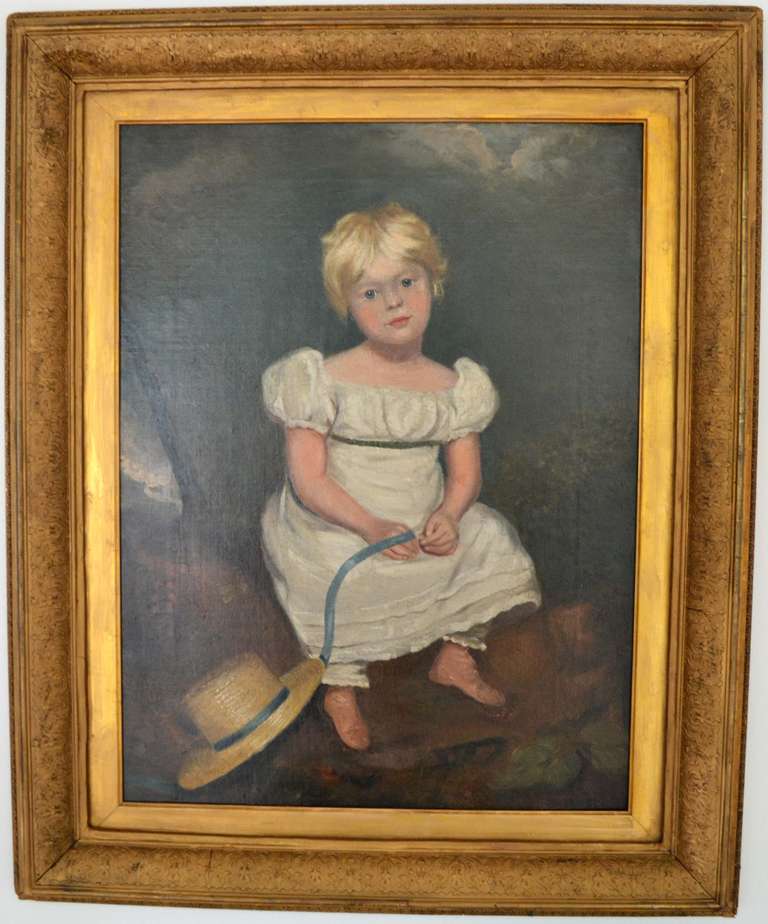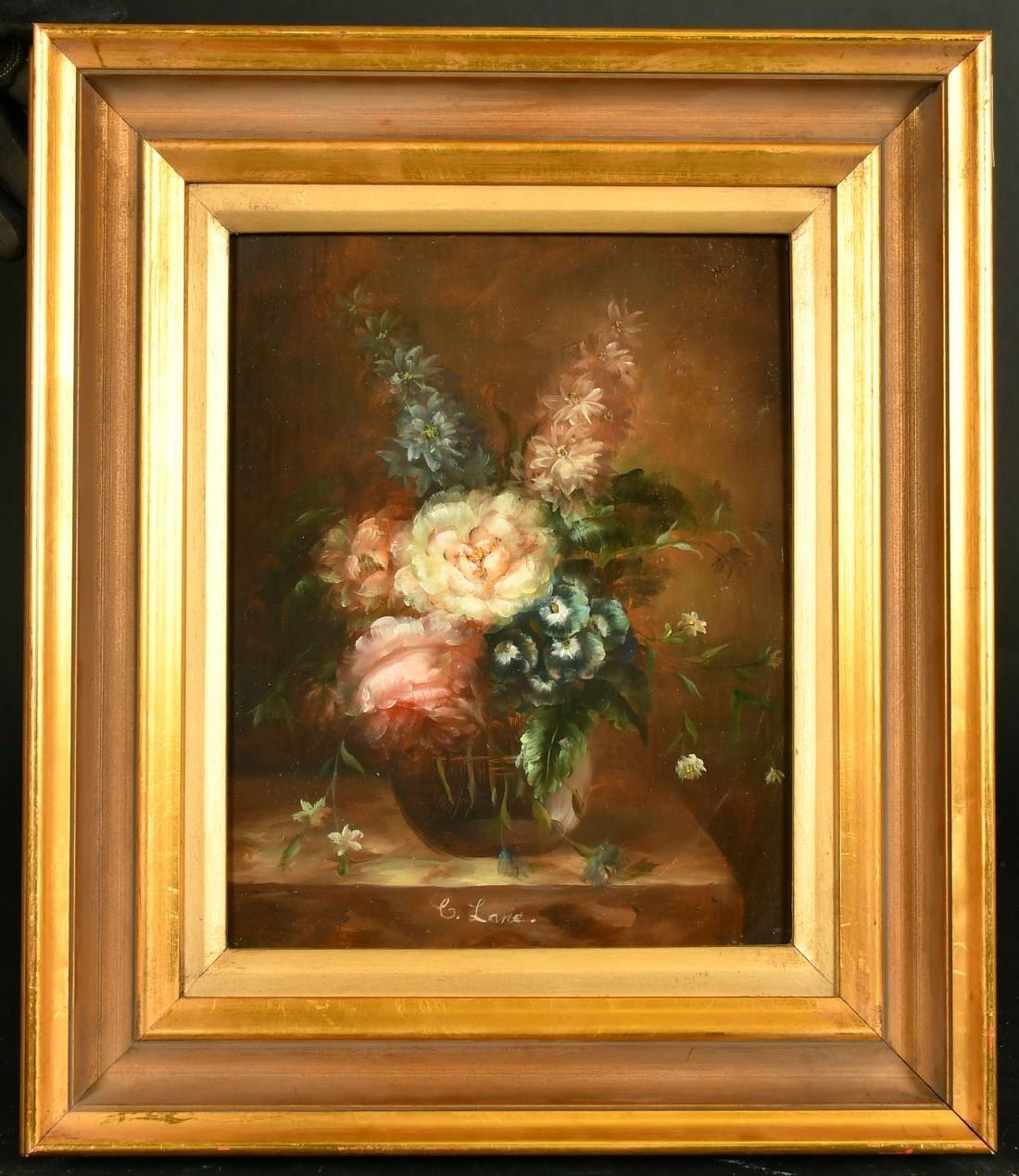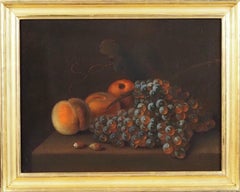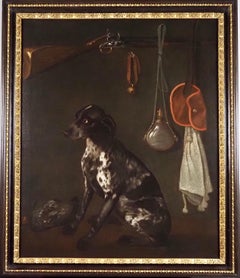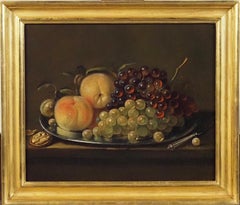
Still life of grapes, peaches and hazelnuts
View Similar Items
Want more images or videos?
Request additional images or videos from the seller
1 of 8
James ShawStill life of grapes, peaches and hazelnuts
About the Item
- Creator:James Shaw (1736 - 1787, English)
- Dimensions:Height: 14.5 in (36.83 cm)Width: 16.5 in (41.91 cm)
- Medium:
- Movement & Style:
- Period:
- Condition:
- Gallery Location:Stoke, GB
- Reference Number:1stDibs: LU446312093012
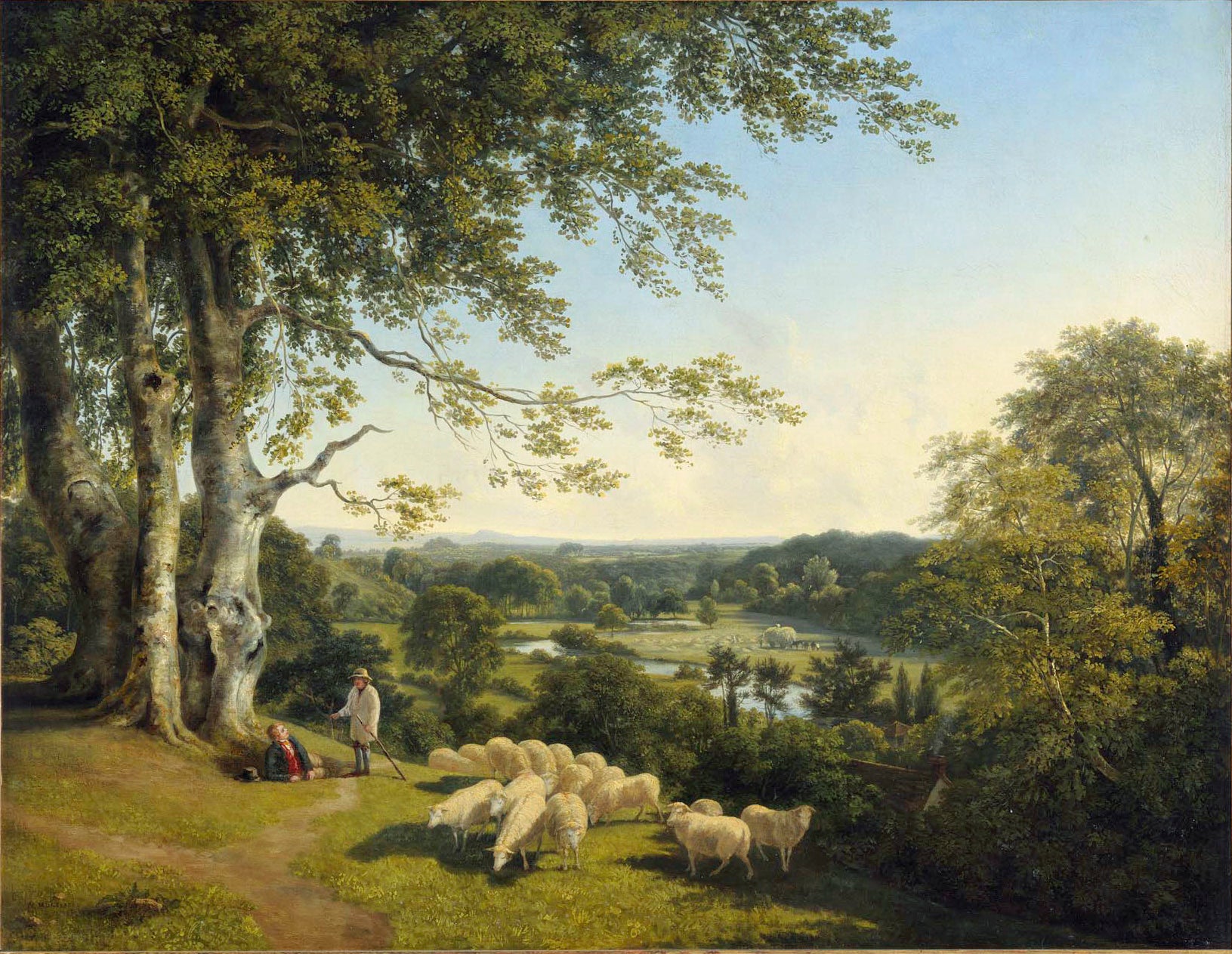
About the Seller
5.0
Recognized Seller
These prestigious sellers are industry leaders and represent the highest echelon for item quality and design.
Platinum Seller
These expertly vetted sellers are 1stDibs' most experienced sellers and are rated highest by our customers.
Established in 2009
1stDibs seller since 2016
146 sales on 1stDibs
Typical response time: 3 hours
Associations
LAPADA - The Association of Arts & Antiques DealersInternational Confederation of Art and Antique Dealers' AssociationsThe British Antique Dealers' Association
More From This SellerView All
- Still life of fruit and nutsLocated in Stoke, HampshireJames Shaw (fl.1769-1784) Still life of fruit and nuts Oil on canvas Canvas Size - 13 1/2 x 17 3/4 in Framed Size - 16 1/4 x 20 1/2 in Born in Sedgley in Staffordshire, it is unclea...Category
18th Century Old Masters Still-life Paintings
MaterialsOil
- A still life of flowers in an urn with a parrot, melon, pomegranates and figs...By Aniello Ascione (Naples, news from 1680 to 1708)Located in Stoke, HampshireAniello Ascione (Naples, fl. 1680-1708) A still life of flowers in an urn with a parrot, melon, pomegranates and figs at its base, a view to an ornamental garden beyond Oil on canvas 59 3/4 x 39 3/4 in Provenance The Alexander Family Collection, Milford House, Co. Carlow, Ireland The latter half of the 17th century and earlier 18th century marked the golden age of Neapolitan still-life painting and Aniello Ascione was one of its most highly regarded exponents. His sumptuous paintings, brimming with fecund produce of the Mediterranean and painted in rich colours, were eagerly sought after by those who wished to decorate their palaces in that city. Naples in the seventeenth century had established a significant reputation and artistic tradition of producing flamboyant and technically excellent still-lifes which had largely been initiated by Caravaggio who, having stated that it required as much effort to paint a good flower piece as a figure subject, helped to revolutionise and eventually abolish the closed attitude to genres of painting. Caravaggio maintained that art was the mirror of nature and his superb Basket of Fruit, now in the Ambrosiana in Milan and painted in 1597, marked the birth of European still-life painting. Throughout the 17th century, Neapolitan still-life painting was founded on the principles demonstrated by Caravaggio and these artists seem to have been the only ones to correctly understand and utilise his ideas. These paintings were noted for their vibrant portrayals of flowers, often in great abundance, fruit and birds done in an elegant and decorative manner. Luca Forte (c.1615- c.1670) was one of the first Neapolitan artists to adopt the Caravaggesque naturalism in this genre of painting and with exceptional creativity sweeping through the city in the 1630s, he was soon followed by Paolo Porpora and Guiseppe and Giovanni Battista Recco and the Ruoppolo family. When Abraham Brueghel arrived in Naples in about 1670, his influence accelerated the transition of the portrayal of still-life to a more baroque style often epitomised by a mass of flowers, cascading over classical objects like water. This more baroque style was taken up by a new generation of painters and one of the first and most prominent of these was Andrea Belvedere (1652-c.1732). He taught Nicola Casissa and other artists working in a similar vein included Gasparo Lopez (called Gasparo di Fiori) d. circa 1732, Paolo Porpora (1617-1663) and Nicola Malinconico (1663-1721). The aforementioned Ruoppolo family were also eminent and Giovan Battista Ruoppolo (1619-1693) instructed the young Aniello Ascione. His pupil became one of the most celebrated representatives of Neapolitan Baroque which combined the traditional naturalism favoured by the city with the new 18th century decorative style. This style proved highly popular with the more secular Neapolitan middle classes as well as the aristocracy and royalty to furnish their grand homes. They loved the harmonious colouring and composition suffused with exuberance Ascione became the most prominent still-life painter in Naples at the transition from the seventeenth and eighteenth centuries. His paintings, which are often of a significant size, utilise intense decorative colours with an abundance of flowers and piles of fruit such as pomegranates, grapes, peaches, pears, melons and plums. Sometimes these spill down stone steps or are draped or stacked with flowers among classical statuary and there is often a view to a landscape or ornamental garden beyond to give the composition depth. Accompanying the fruit and flowers, Ascione occasionally added parrots, dogs or rabbits and he often signed with a monogram comprised of interlocking As although there are some works signed in entirety. His smaller pieces tended to be more intimate in construction with one looking at just different fruits with some of its foliage so that the different hues and skin textures could interact and to some extent, these reflect the legacy of Abraham Brueghel. One very rare piece, now in the Castellino collection in Naples, is a kitchen interior with a skinned lamb which owes its influence to Guiseppe Recco. There is a fine set of the Four Seasons, which also incorporates putti into the compositions and which are believed to have been contributed by Nicola Vaccaro (1659-1720) the son of Andrea Vaccaro...Category
17th Century Old Masters Still-life Paintings
MaterialsOil
- A German Pointer with hunting EquipmentLocated in Stoke, HampshireGerman School (18th century) A German Pointer with hunting Equipment Oil on canvas Canvas Size 42 x 35 in Framed Size 48 x 41 inCategory
18th Century Old Masters Animal Paintings
MaterialsOil
- Still life of fruit on a woodland bankLocated in Stoke, HampshireG Gray (Early 19th Century) Still Life of Fruit Oil on panel Signed Painting Size 17.5" x 20" (44.4 x 50.8cm) Framed Size 23 x 26 inCategory
Early 19th Century Victorian Still-life Paintings
MaterialsOil
- Still Life of a Copper Pan and Pewter JugBy François BonvinLocated in Stoke, HampshireFrancois Bonvin (1817-1887) French Still Life of a Copper Pan and Pewter Jug Oil on Canvas Indistinctly Signed 9.5” x 16” (24 x 40.7cm) Bonvin was bor...Category
19th Century Still-life Paintings
MaterialsOil
- Portrait of a young boy holding his pet squirrelBy Joseph HighmoreLocated in Stoke, HampshireJoseph Highmore (London 1692-1780 Canterbury) Portrait of a young boy holding his pet squirrel Oil on canvas Canvas Size - 30 x 25 in Provenance Sale, Sotheby's New York, Old Master...Category
18th Century Old Masters Portrait Paintings
MaterialsOil
You May Also Like
- Pair of Exceptional Italian 18th Century Still-Life PaintingsLocated in Rome, ITThis pair of excellent Italian still life oil on canvas with flowers and fruit with classical ruins on the background and colored drapes create harmony of the composition. Notable ...Category
Early 18th Century Old Masters Still-life Paintings
MaterialsOil
- Still Life with Apples and Nuts, 17th Century, Old Master, Spanish PaintingLocated in Greven, DEJuan Sánchez Cotán (1560 - 1627) was one of the most important still life painters in Spain and beyond. He developed a certain type of still life with a ...Category
17th Century Old Masters Still-life Paintings
MaterialsCanvas, Oil
$7,468 Sale Price20% Off - Late 17th Century By Still-life Italian painter Still life Oil on CanvasLocated in Milano, Lombardia58 x 136 cm without frame, 71.5 x 150 cm with frame Antique shaped and gilded wooden box frame Publications: unpublished This beautiful painting shows a varied still life with var...Category
17th Century Old Masters Still-life Paintings
MaterialsCanvas, Oil
- 18th Century by Francesco Lavagna Pair of Flower Vases Oil on CanvasLocated in Milano, Lombardia98 x 36 cm each without frame - 112 x 50 cm with frame Antique gilded and shaped wooden box frames Expertise by Prof. Giancarlo Sestieri This marvellous pair of flower vases has b...Category
Early 18th Century Old Masters Figurative Paintings
MaterialsCanvas, Oil
- Florals in classic urn Old Masters 17th century Dutch styleLocated in Hillsborough, NCFloral with Urn is in a classical Dutch style that dates to the 17th century. The bright flowers drape the urn in whites, crimsons and pinks, standing out against the darker foliage...Category
17th Century Old Masters Still-life Paintings
MaterialsCanvas, Oil
- RED GRAPES, RED WINELocated in Santa Fe, NMRED GRAPES, RED WINE Aleksei Kreydun studied the Old Masters and has revived their long lost techniques, building up multiple layers of oil paint and lacque...Category
Early 2000s Old Masters Still-life Paintings
MaterialsOil
